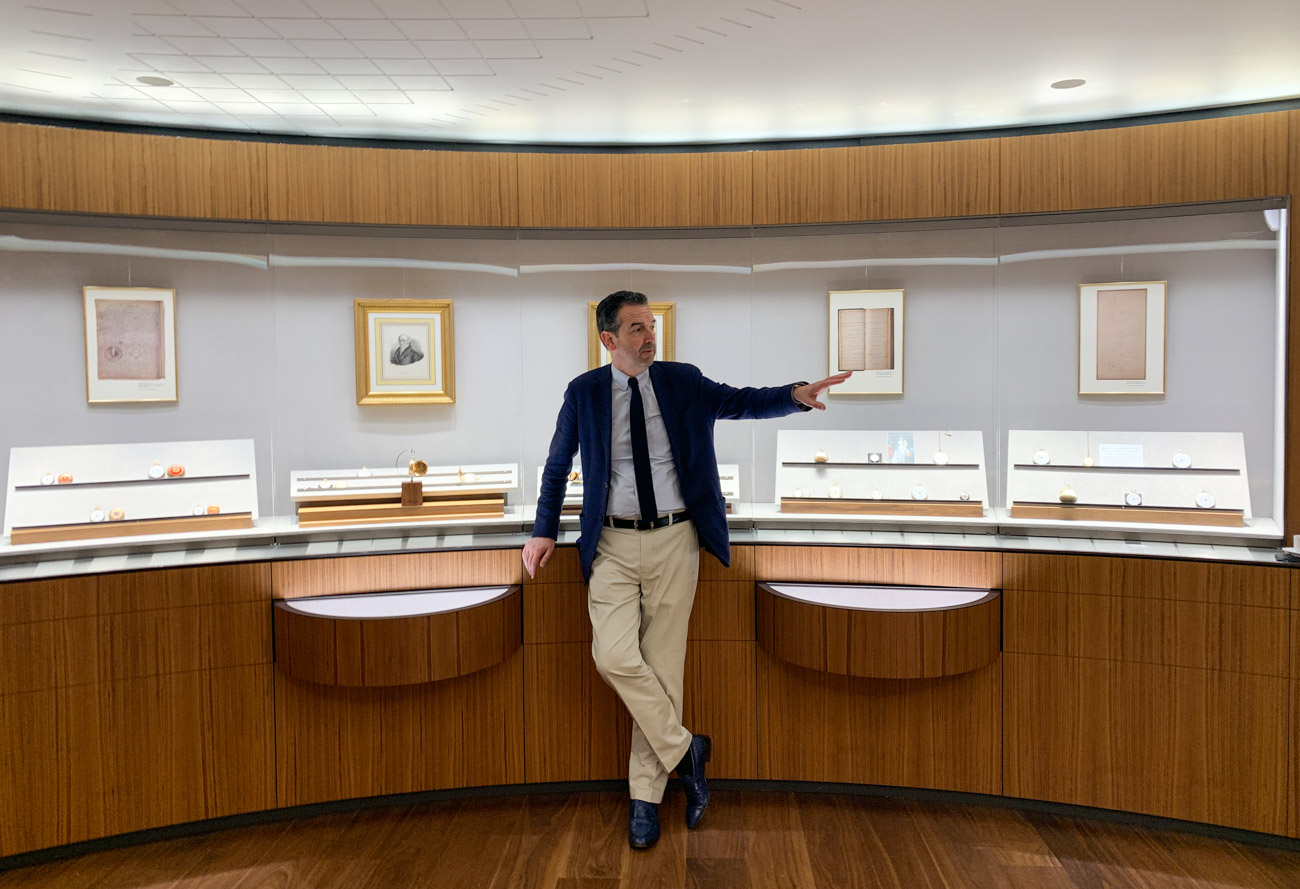
Neuchâtel, Switzerland-born Abraham-Louis Breguet spent most of his professional years as a watchmaker living and working in Paris, France during the late 18th century. The Breguet name lived on with considerable esteem past the death of Abraham-Louis. The Breguet brand is alive and well under the ownership of the Swiss Swatch Group, and Abraham-Louis’ ancestors continue to live in Paris. Emmanuel Breguet, caretaker of the family legacy and brand history is the guardian of the Breguet document archives, which also lives in Paris above the contemporary Breguet store boutique in Paris’ famed Place Vendome.
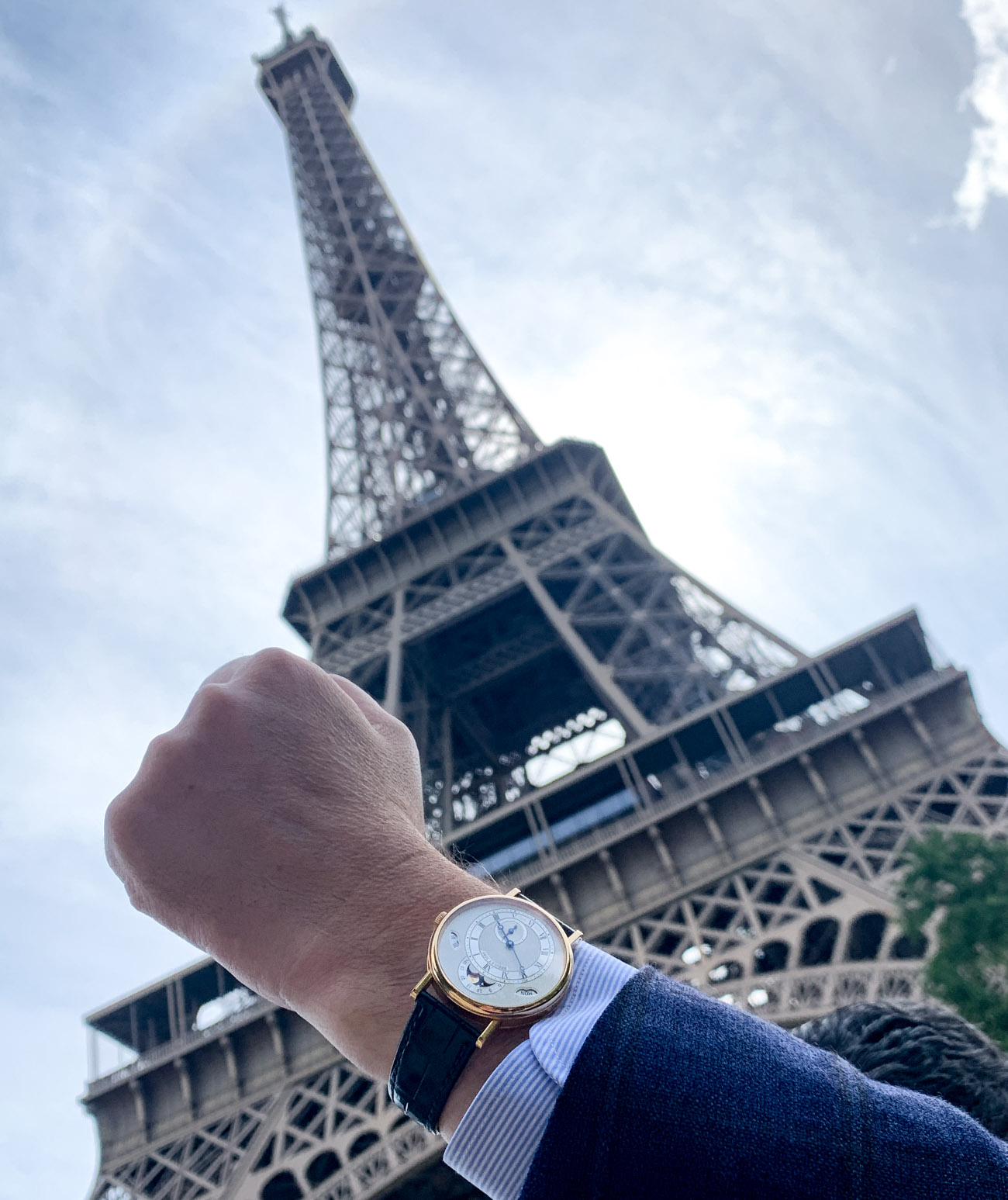
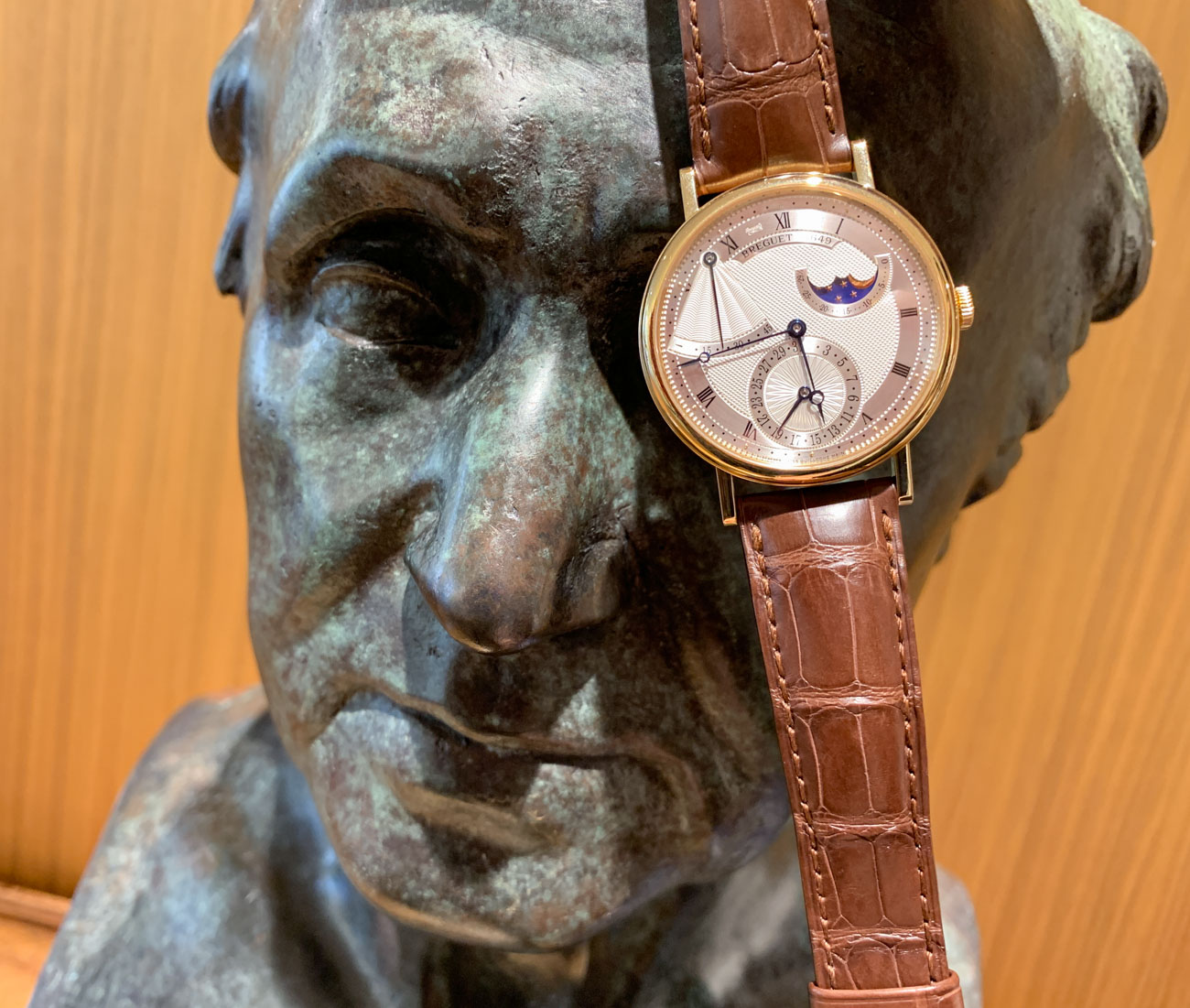
Such a swanky locale is the perfect place to admire a Breguet timepiece today, but back in Abraham-Louis’ day, the firm’s headquarters were located in another part of town — on the Rue L’Horlogers which was an historic watchmaking district. Abraham-Louis Breguet was not just any watchmaker, but “the” watchmaker being referred to as the “greatest living watchmaker” by his contemporaries, and today he is still referred to as one of history’s most influential horological minds who innovated in nearly all elements of watchmaking. Still today, many watchmakers credit Breguet with ushering in the modern era of personal timekeeping – even if it was almost exclusively for rich and aristocrat clientele. Those clients included Royalty and the famed Bonaparte family, including Napoleon Bonaparte himself.
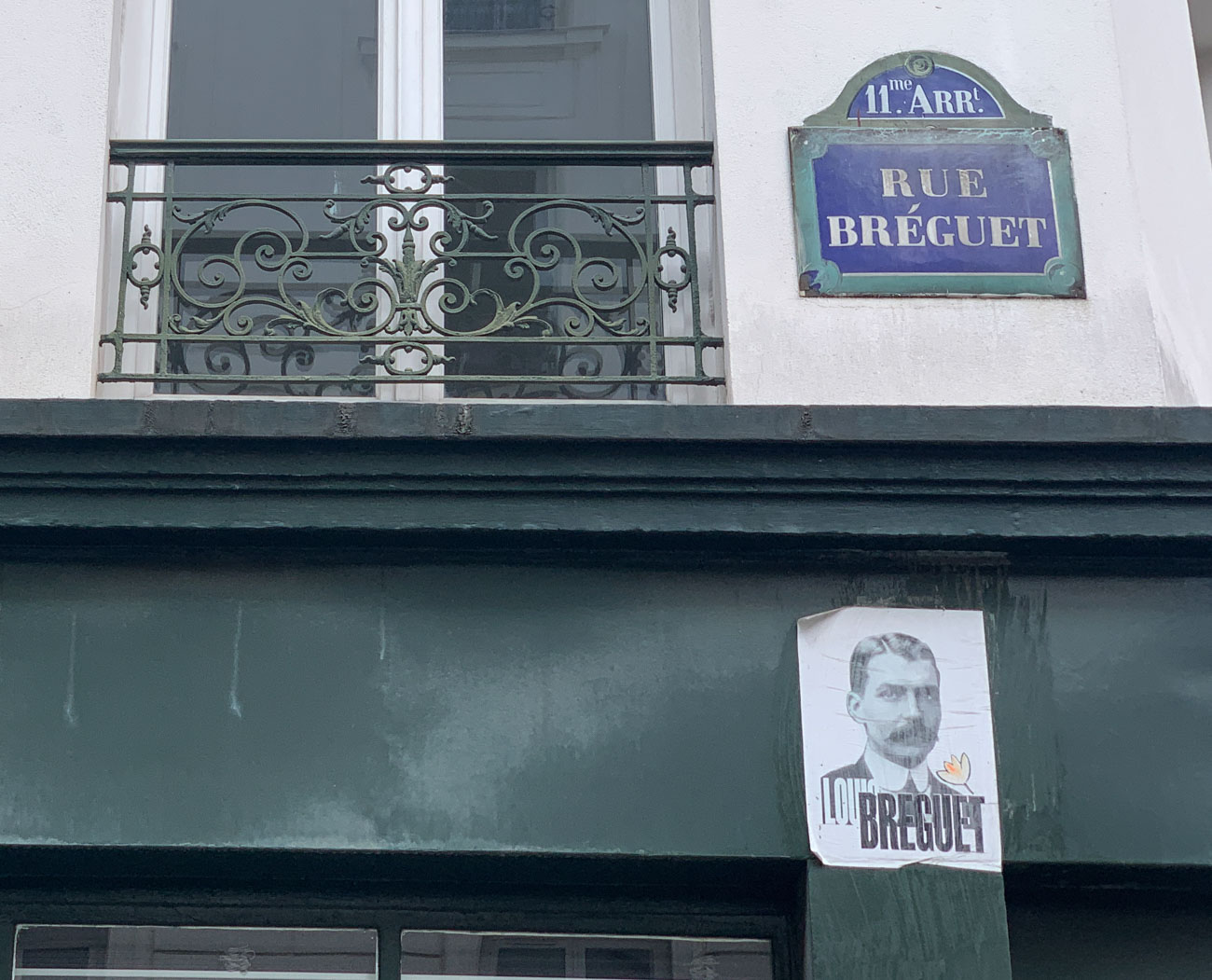

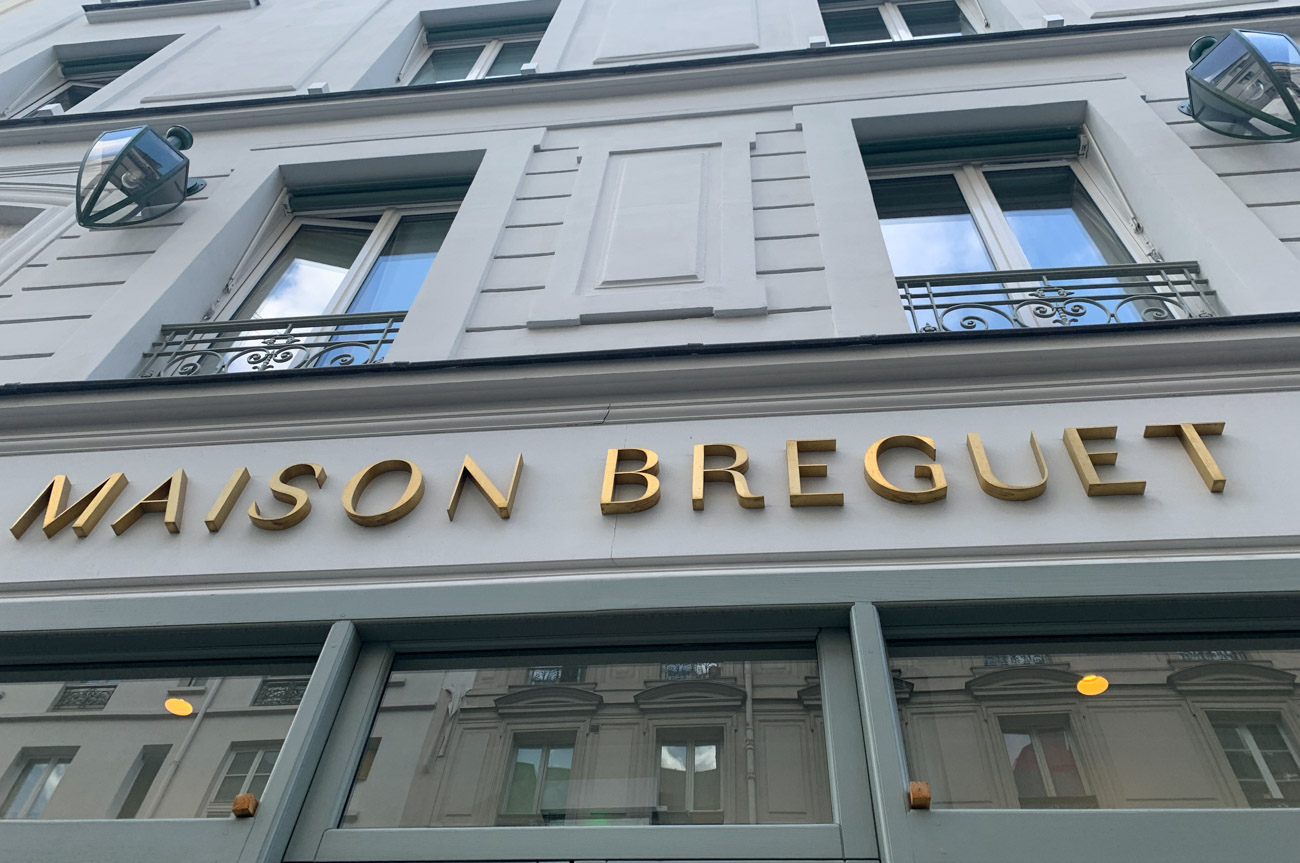

Napoleon as a figure has more references to him in Paris than Breguet — this is, of course, not surprising. From the megalithic tomb erected in his honor, which still stores his body, to the spoils of conquest the Napoleon army brought back to Paris, the former French emperor is among the most popular historic personalities in the world — and he probably had a Breguet timepiece on him at all times. His family, too.
Breguet innovated by producing the first automatic wristwatches in the world, delivered to the Queen of Naples who, at the time, was a relative of Napoleon. The Breguet archives in Paris have meticulous records of the brand’s clients going back to the 18th century. In addition to famous clients such as kings and emperors of France, the Breguet archives have detailed accounts of transactions to more modern figures such as Winston Churchill as well the romanticized Marie Antoinette who purchased her final Breguet pocket watch from jail awaiting the guillotine during the French Revolution. Stories about Breguet products and each of these famed personalities are each independent discussions unto themselves.
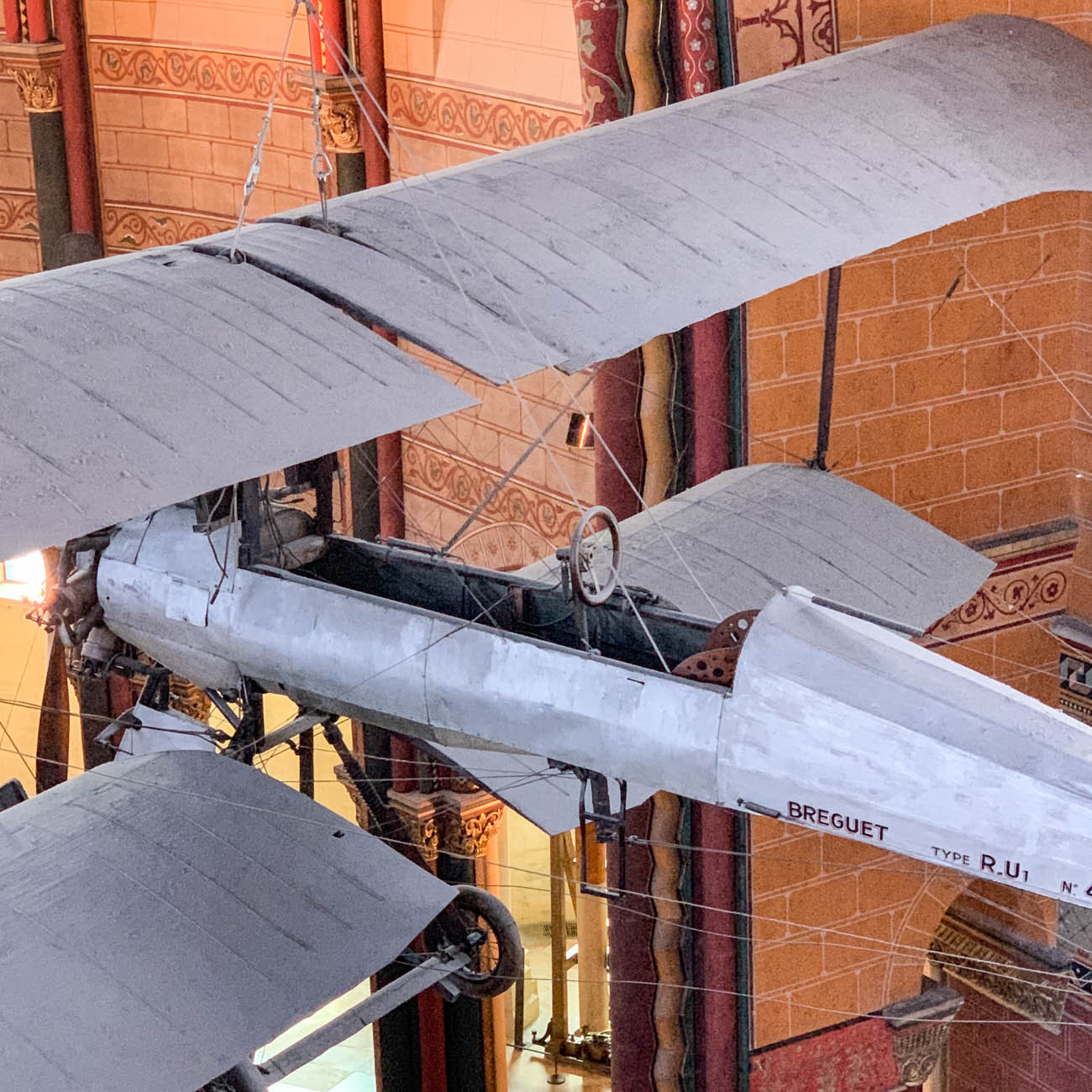
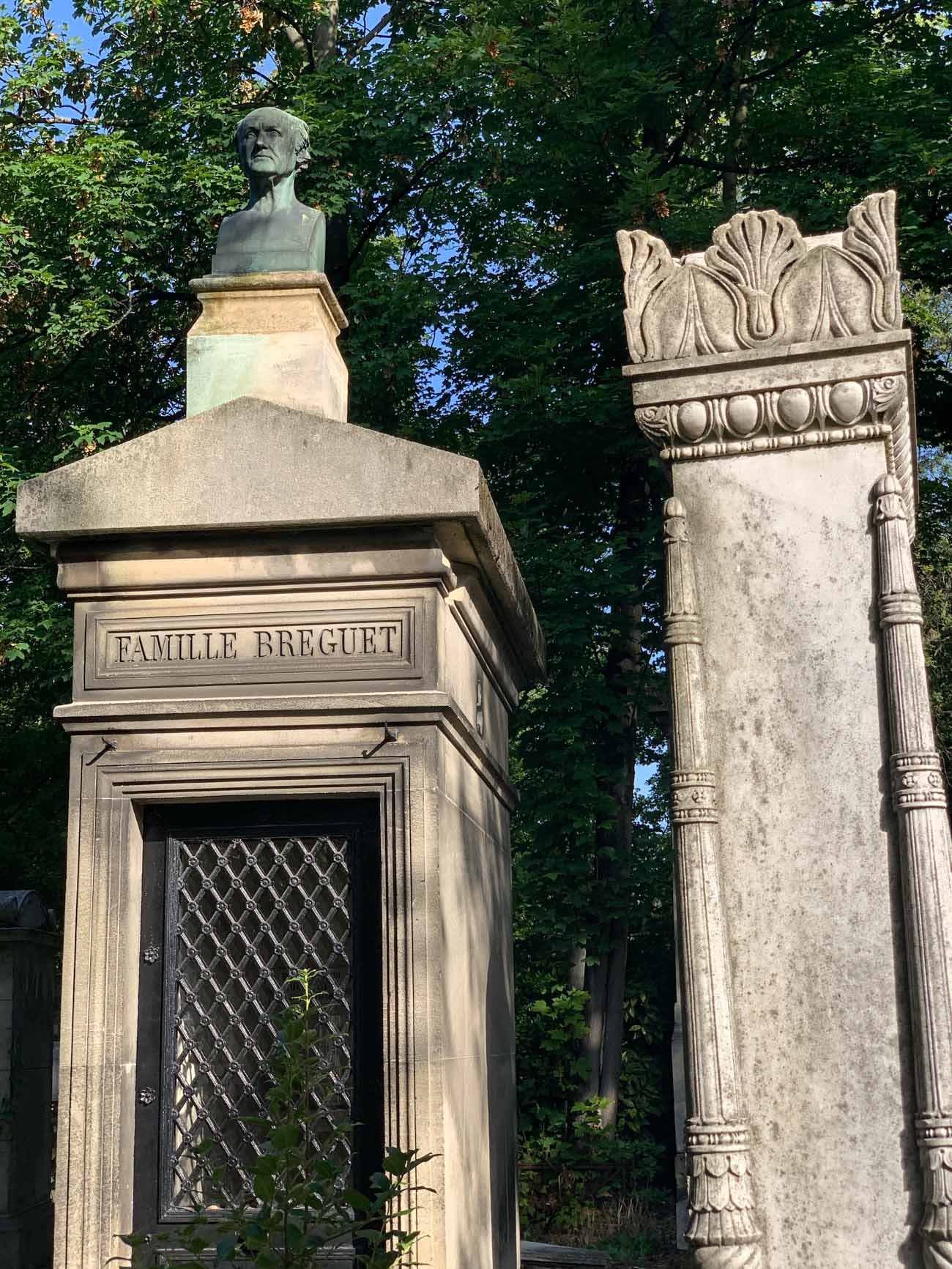
Paris today is rife with Breguet references for the keen eye. Enthusiasts of authentically historic names in traditional watchmaking know that few firms can compete with Breguet on its ability to impress timepiece collectors today. The original building where Breguet’s manufacture stood remains – even though it doesn’t make reference to Breguet, whose operations have moved elsewhere. You can, however, see the Breguet name printed prominently on the Eiffel Tower, on the family’s tomb in the renowned Pere Lachaise cemetery, in multiple museums exhibits, and other spots such as the Maison Breguet hotel and restaurant, as well as back to the Place Vendome boutique.

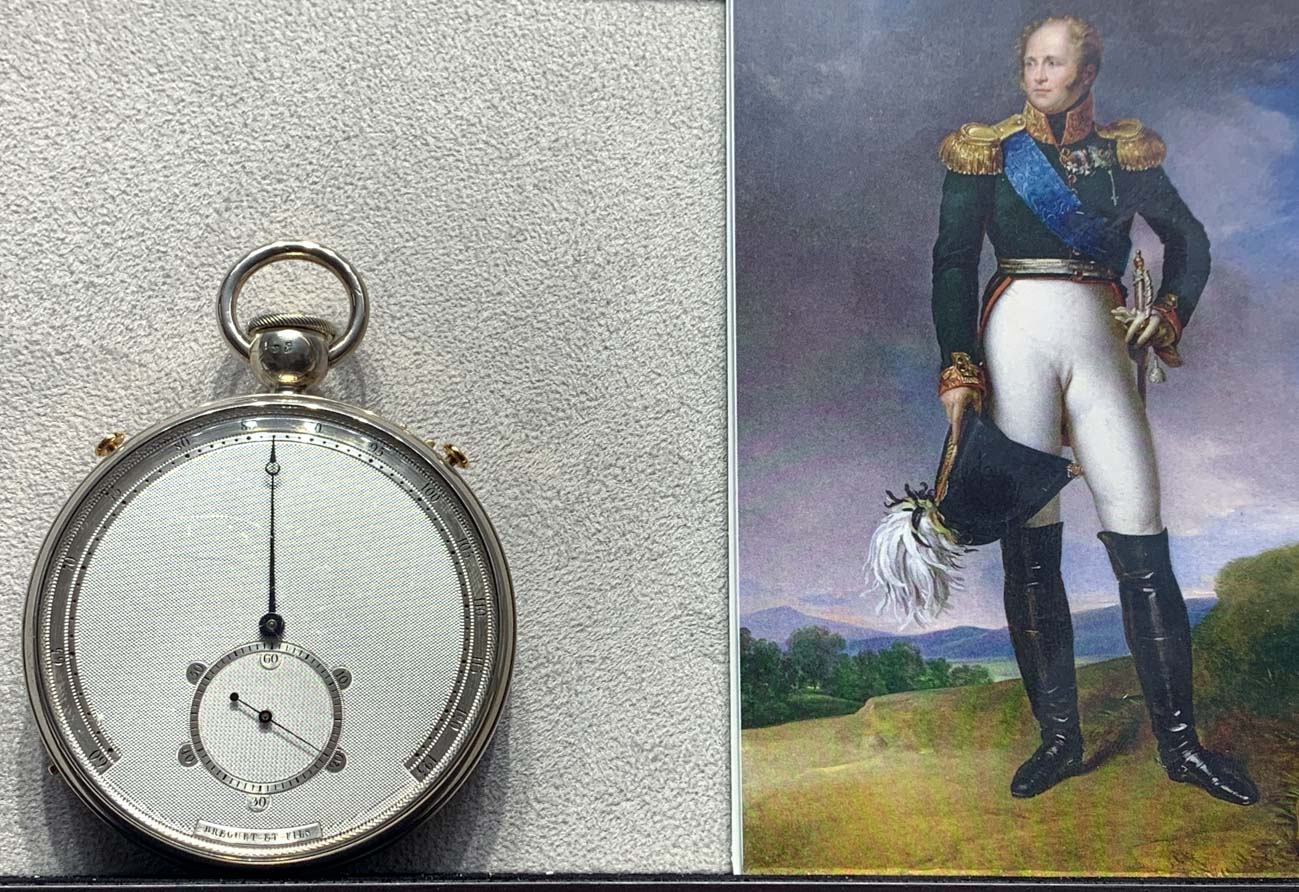
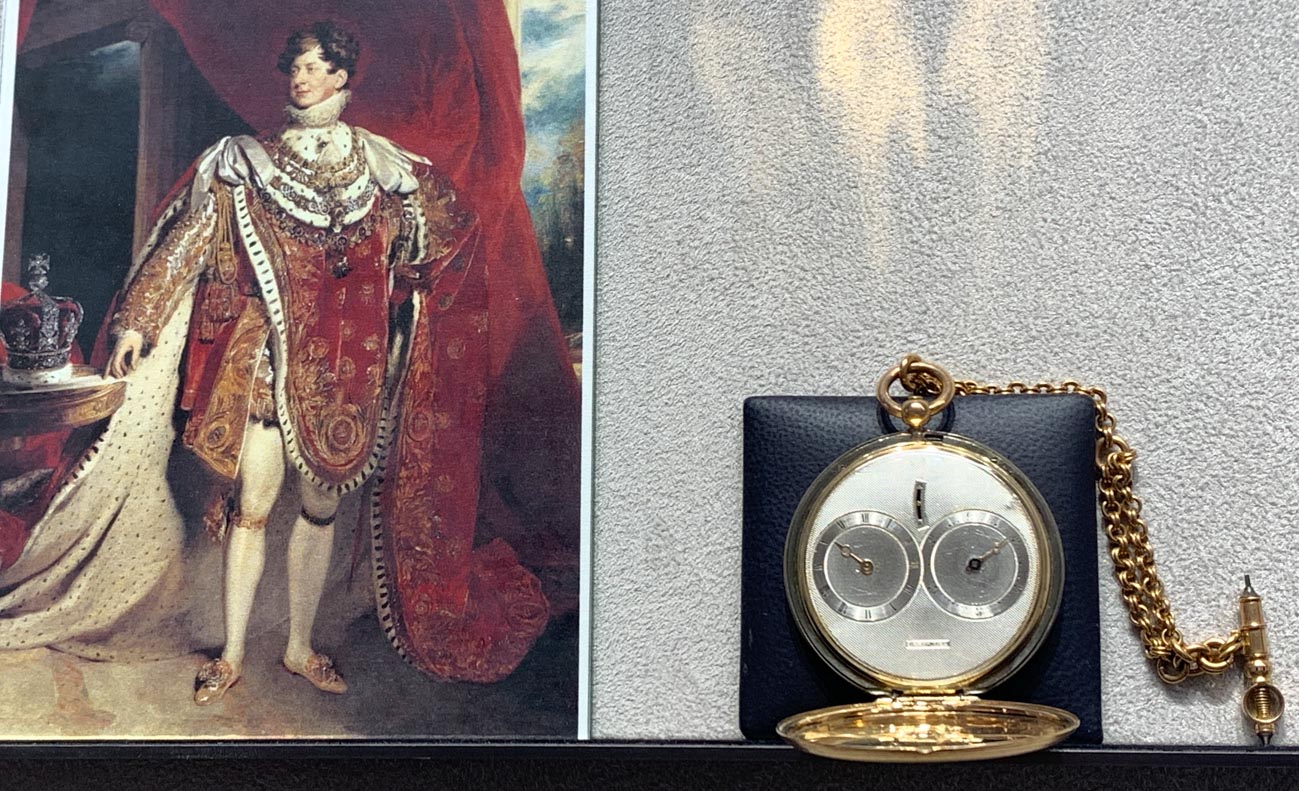
Is owning a Breguet all about appreciating the most historic forms of traditional watchmaking? Actually, no. Even though the brand likes to call itself the first modern watchmakers, it’s the ability to innovate did not stop 200 years ago. Today, Breguet continues to offer timepieces with a classic look, but a lot of the innards are extremely modern as the brand continues to push performance and efficiency as important sales value propositions behind its products. The brand has never (ever) been shy about trying new and different things. In the early 20th century, especially, the Breguet firm experimented by producing other highly-engineered products, such as telegraphs and telephones — not to mention airplane parts. This also led to the 20th century production of a number of aviation and military timepieces using the Type XX dial-style designation. The modern Breguet product collection mixes inspiration from the various eras of the company’s history under ownership from the Swatch Group. Breguet was acquired by the Swatch Group in the late 1999s by the late group’s chairman Nicolas Hayek Senior, who saw the name as the absolute jewel of the watch industry, in both provenance and traditional technique.

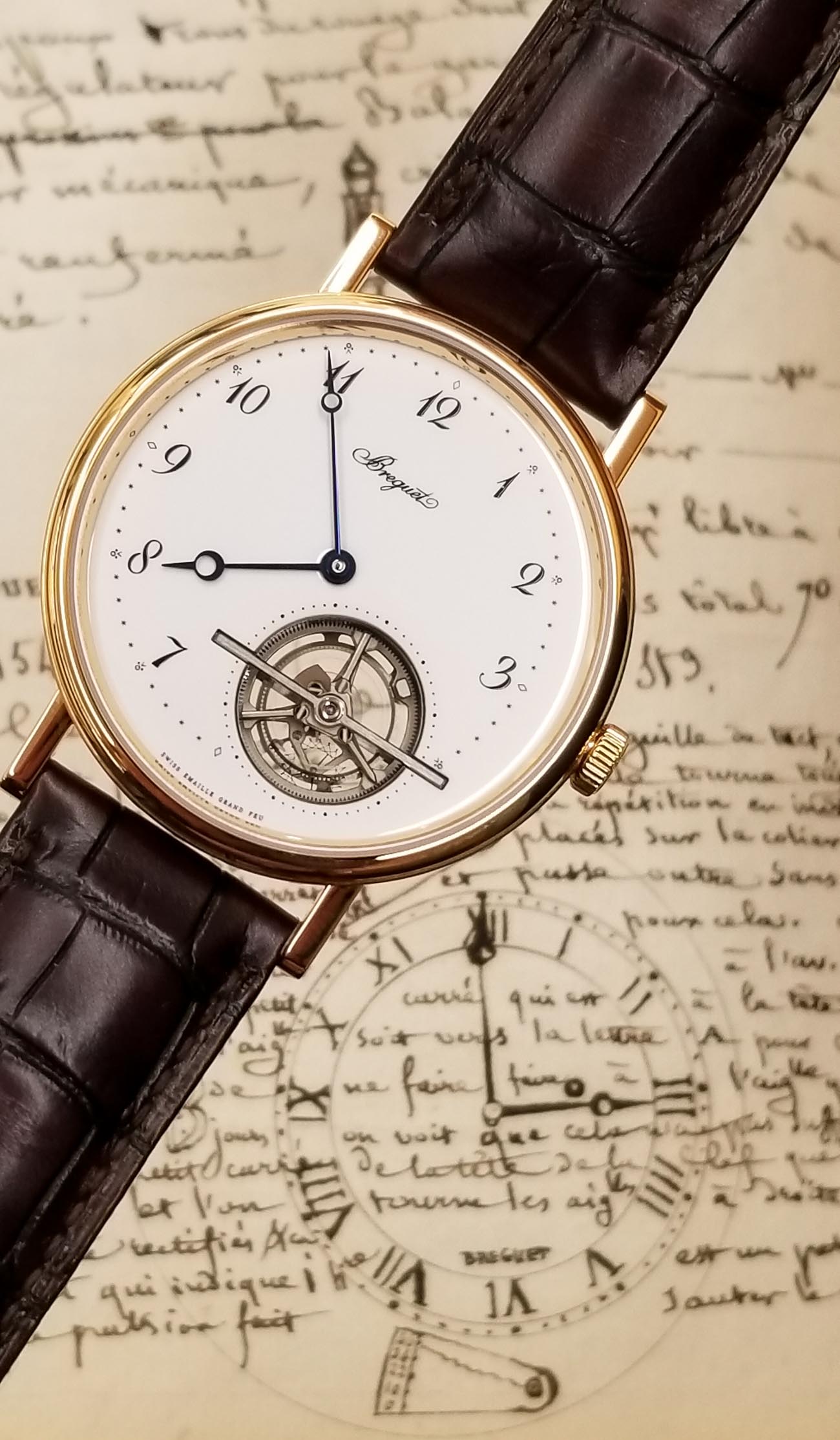
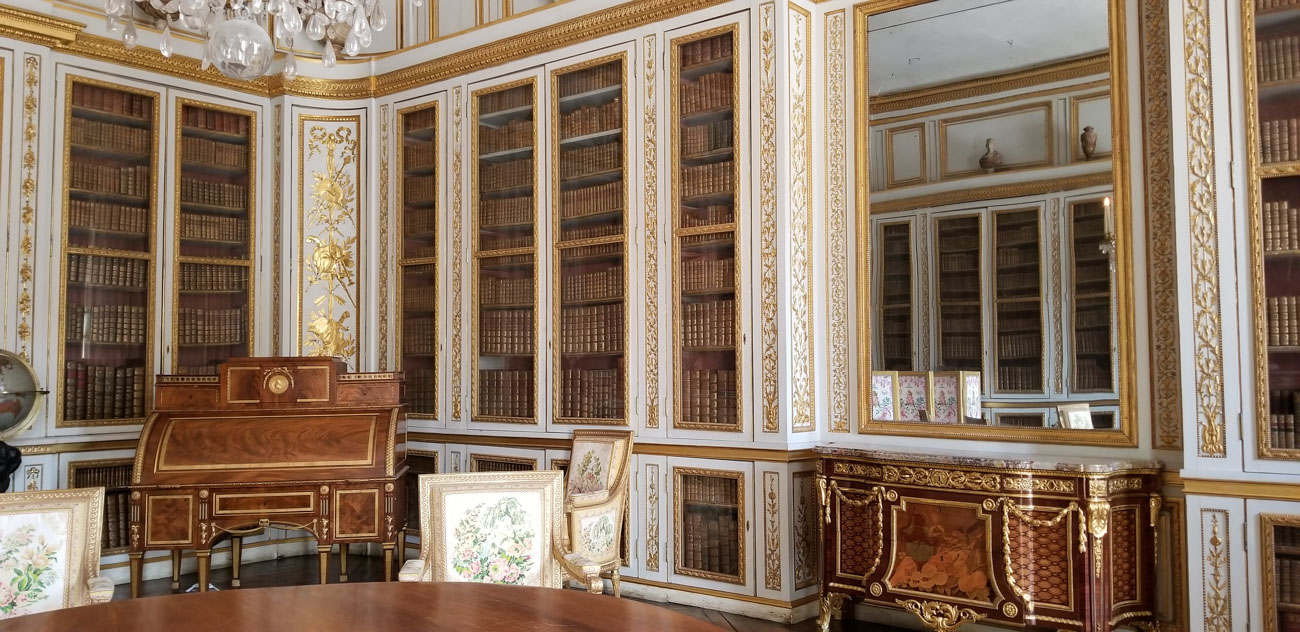
As a guardian of good historic designs, Paris makes an excellent backdrop to enjoy a Breguet watch. The brand today continues to be heavily inspired by the timeless design principles innovated by Abraham-Louis himself. What many people do not realize today is that many of the iconic Breguet aesthetics have a functional versus merely aesthetic background. Blued-steel hands, guilloche-engraved dials, and highly finished movement surfaces were originally implemented for product legibility, durability, and longevity. Today, we find these design elements pretty, but their legacy is thoroughly practical.
Should a luxury watch be practical? For Breguet, it should be. Given that Abraham-Louis himself was so open-minded and a routine innovator, Breguet today attempts to follow this original lead. This is manifested in the fact that Breguet doesn’t just continue to replicate traditional watchmaking techniques, but it also invents new ones. As a mechanical movement enthusiast, I continue to be intrigued by how Breguet merges modern notions of mechanical engineering with horology as uses novel materials and experiments with extremely high-rate regulation systems.
